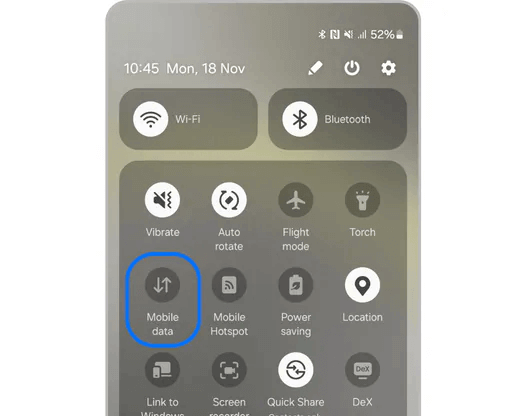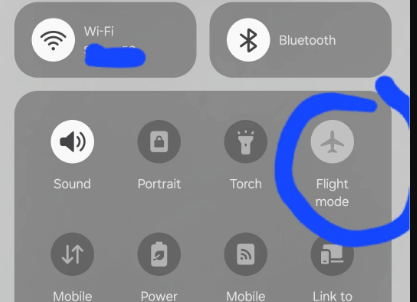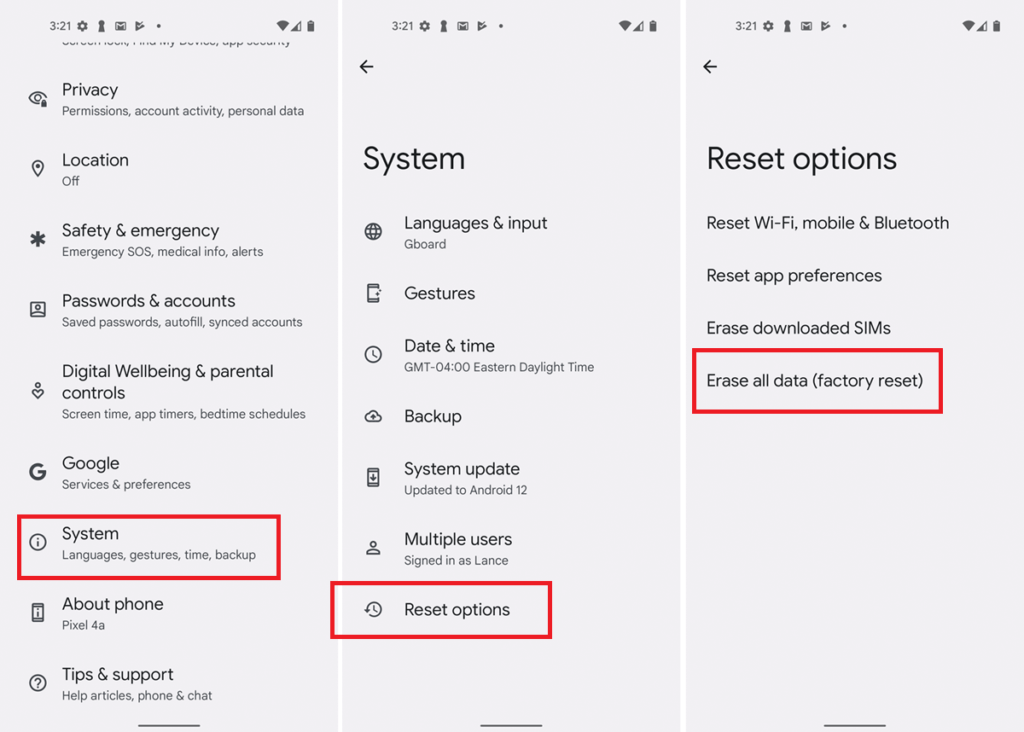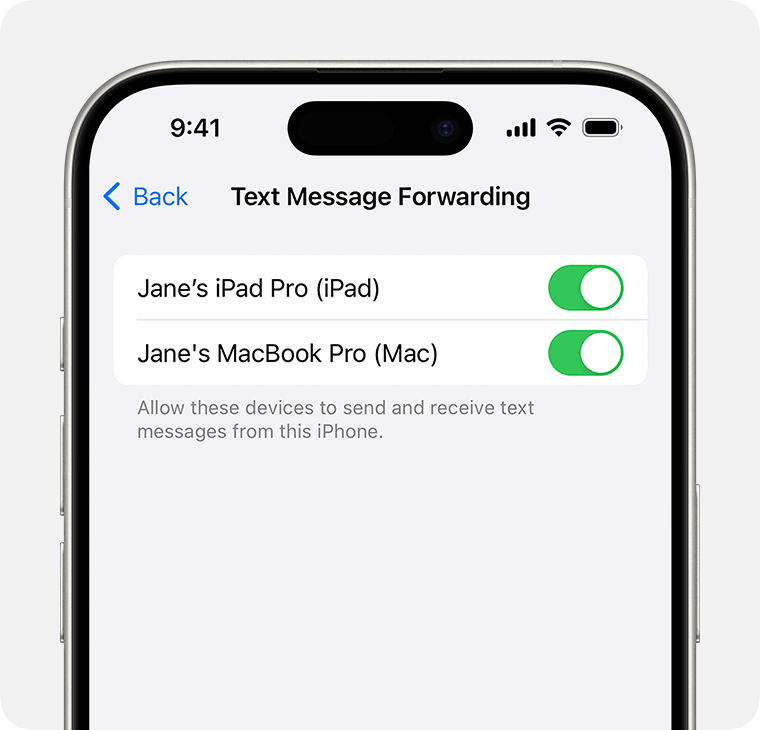We live in a digital era where our smartphones have stored more personal information than ever before. A hacked phone can put your life, including your banking information and personal chats, at risk. Sadly, phone tracking has become the norm with spyware and applications, even manipulating a SIM card.
Knowing how to determine whether your phone is being monitored can help you prevent possible privacy violations and security risks. We will look at the red flags and how to prevent them.
Can My Phone Be Tracked by Anyone?
Yes, there are many different ways to track your phone, and not all of them need to be done by physical access to your phone. Here are the most common ways:
- Spyware & malware: There are harmful applications that can be used to spy on your location, calls, and messages. They usually appear as innocent downloads.
- Parental control applications: Parents install such applications that track the online behavior, calls, and location of children. Although they are legal, they can be abused when installed without your consent.
- EMM/MDM software: Enterprise Mobility Management (EMM) or Mobile Device Management (MDM) software is usually used by employers to monitor company-owned devices. This is secure and invasive.
- SIM card cloning: Fraudsters can clone your SIM so they can listen to your calls, messages, and even two-factor authentication codes.
- Monitoring chip: You have a small chip in the hardware of your phone that can be used in uncommon cases to spy on you.
Monitoring can be done by basic applications, all the way to sophisticated equipment, and awareness is key.
How to Know If Someone is Tracking Your Phone?
It is not always easy to know whether your phone is tracked or not. Nevertheless, there are some red flags. Being able to identify these symptoms early will allow you to react to safeguard your privacy.
- Unusual Battery Drain
When your phone battery starts to drain more quickly than normal, then maybe there are tracking applications secretly working on the phone. Spyware and malware are energy maggots that drain power even when you are not using your device, which leads to abnormal consumption of energy.
- Suspicious Apps or Permissions
Unknown apps or unnecessary permission requests are red flags. Spyware often disguises itself under harmless-looking icons. If apps ask for excessive permissions like the microphone or location access, it’s a strong indication that tracking software may be secretly installed.
- Increased Data Usage
A sudden spike in mobile data usage without explanation can be alarming. Tracking apps regularly send your phone’s data to remote servers. Even if you’re not browsing, the system may transmit large amounts of information secretly.
- Strange Phone Activity
Does your phone turn itself on or reboot randomly? The presence of unexplained activity, e.g., opening apps without input, indicates the presence of an active hidden process. These are common indicators of malicious software in operation.
- Unusual Background Noise
When you make calls and hear clicking noises, static, or echoes, your telephone is tapped. Surveillance software recording conversations often becomes an interference. Background noises are also a significant indicator of possible phone surveillance.
- Sluggish Performance
The fact that what was a quick phone has now slowed down can be a tracking indication. Spyware takes up CPU resources, and that slows down your device and makes daily tasks irritable. Hidden monitoring software is normally associated with unexpected crashes or freezing.
- Unexpected Text Message Status
Getting strange text messages with bizarre symbols, codes, or no sender name may be a sign of tracking. These may be instructions sent to spyware. When you come across such writings, your phone might be infected.
- Random Status Icon
Uncommon signs, e.g. a GPS icon or a microphone symbol that has no explanation, are questionable. They can be used to show that an app is using your location or overhearing conversations. Keep an eye on unfamiliar status icons.
How to Prevent Your Phone from Being Tracked?
Phone tracking is something that needs to be prevented. You can guarantee your privacy and security by managing permissions, turning off some unneeded services, and resetting your phone. The following are proven methods to save yourself.
Turn Off Internet Connection
Going offline prevents most tracking programs, which need active connections to transmit information. Absence of Wi-Fi or mobile data means that spyware threats do not have access to remote servers, which will provide you with a period of temporary protection against surveillance efforts.
Steps
- Disable Wi-Fi and mobile data from settings or the quick access panel.

- Turn on airplane mode for extra protection.

- If possible, keep the internet off when not in use to reduce tracking risks.
Disable Location Service
Location tracking is one of the most common ways spyware monitors users. Disabling GPS access cuts off apps that attempt to pinpoint your whereabouts, reducing the risks of constant location surveillance by hidden or suspicious software.
Steps
- Go to your phone’s location settings.

- Disable “Location Services” or adjust permissions app by app.
This ensures only trusted apps, such as maps, have access when necessary while blocking potential tracking software.
Factory Reset Your Phone
A factory reset erases all data, including hidden spyware or malware. It restores your phone to its original settings, eliminating most unauthorized apps. While drastic, it’s one of the most effective ways to remove deep-rooted monitoring software.
Steps
- Back up important data first.
- Navigate to “Settings > Reset” and choose “Factory Data Reset.”

- Confirm the process and allow your phone to restart.
- Afterward, restore only trusted apps to avoid re-infection.
Check Apple ID and Message Forwarding Settings
On iPhones, hackers may link your Apple ID to another device to forward messages or sync data. Checking your Apple ID and message forwarding settings helps detect unauthorized connections, ensuring your personal information isn’t shared across unknown devices.
Steps
- Go to “Settings > Apple ID” and review connected devices.
- Remove unfamiliar ones.

- For messages, open “Settings > Messages > Text Message Forwarding” and ensure only your trusted devices are listed.
- This blocks unauthorized data access.
Remove Device Admin Apps and MDM
Device admin apps and Mobile Device Management (MDM) profiles can secretly control your phone, track your location, and collect data. Removing suspicious or unauthorized ones enhances privacy, reduces tracking risks, and restores full control over your device.
Steps
- Open phone settings and check device admin apps.
- Remove apps you don’t recognize or trust.
- Look for hidden MDM profiles on iPhones or corporate devices.
- Contact your carrier or IT administrator if unauthorized MDM is detected.
FAQs
How can I block my phone from being tracked?
You can block tracking by disabling GPS and Wi-Fi, turning off mobile data when not needed, and installing trusted security apps. Performing a complete factory reset often removes hidden spyware or tracking tools effectively.
How can I detect a tracker on my phone?
Signs of tracking include unusually fast battery drain, sudden overheating, high mobile data usage, or strange background noises during calls. You should also check for unfamiliar apps, suspicious settings changes, or hidden software installations.
What is the number to check if your phone is tapped?
Dialing *#21# or *#62# on most smartphones shows if calls, texts, or data are forwarded to another number. These codes provide an initial check, though professional security tools may detect deeper surveillance.
How do I know if my phone is linked to another device?
Check your Apple ID or Google account settings for devices logged into your account. If you notice any unfamiliar device, remove it immediately to protect personal data and prevent unauthorized syncing or monitoring.
Conclusion
Your smartphone can be a powerful tool, but it’s also a target for hackers and spyware. By recognizing signs of tracking, you can take immediate steps to secure your device. Disabling unnecessary services, reviewing permissions, and performing factory resets are effective defenses.
Regularly monitoring your accounts and network settings also enhances security. Staying alert is the key to protecting your privacy and keeping your phone safe from unwanted surveillance.